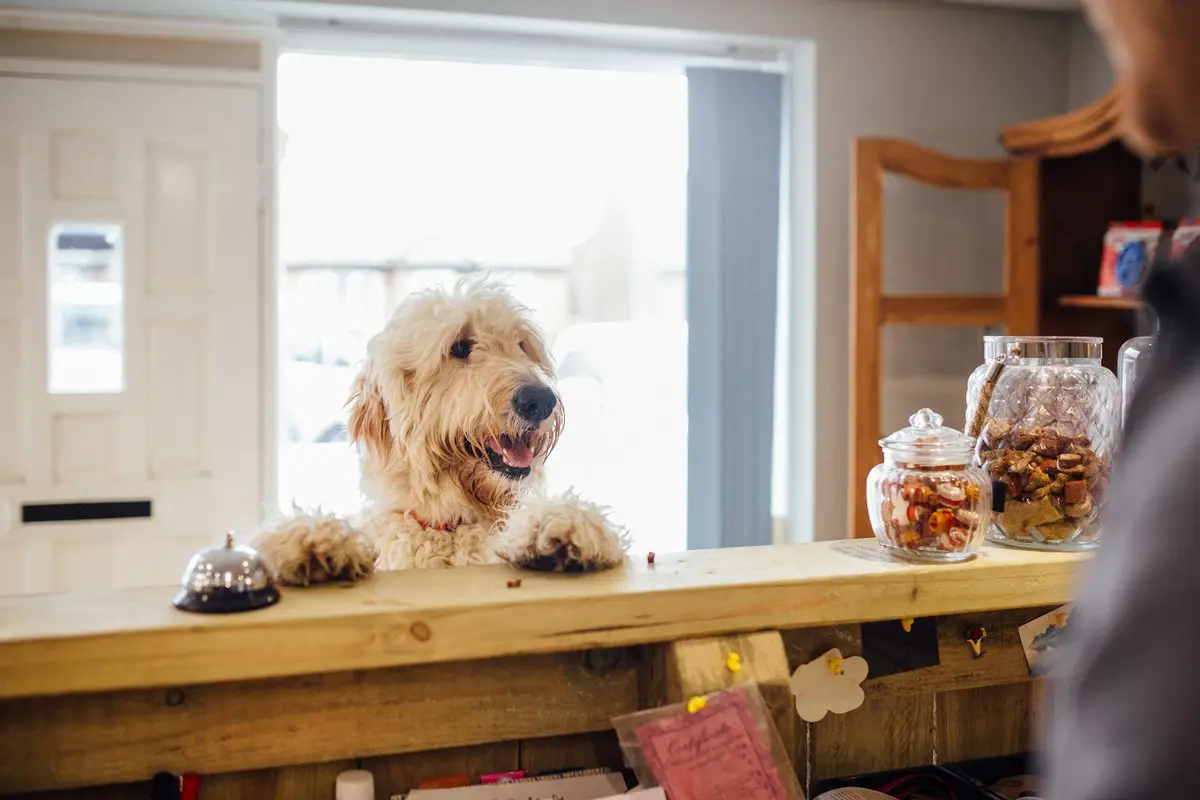Pets are a source of joy, companionship, and love in our lives. However, caring for a pet can also be expensive. From food and toys to medical care and grooming, the costs can quickly add up. But, with a few simple tips, you can save money on pet care without sacrificing the health and happiness of your furry friend.
-
Adopt Pets from a shelter

Adopting a pet from a shelter is often less expensive than buying from a breeder or pet store. Here are some examples:
- Adoption fees: Many shelters charge an adoption fee, which typically covers the cost of spaying or neutering, vaccinations, and microchipping. The adoption fee varies depending on the shelter and the type of pet, but it is usually much less expensive than buying a pet from a breeder or pet store.
- Health check-ups: Most shelters provide a basic health check-up before adopting out a pet. This can include a physical exam, a heartworm test for dogs, and a feline leukemia/FIV test for cats. These tests can help detect any underlying health problems and ensure that the pet is healthy before going to its new home.
- Behavior assessment: Shelters often conduct behavior assessments to evaluate the pet’s temperament and compatibility with different types of households. This can help match the pet with a suitable adopter and prevent behavior problems down the road.
- Added benefits: Some shelters offer additional benefits for adopters, such as a free initial veterinary exam, a discount on pet supplies, or a free training class.
By adopting a pet from a shelter, you not only save money on initial costs but also support a good cause by giving a home to an animal in need.
-
Buy Pet Supplies in bulk
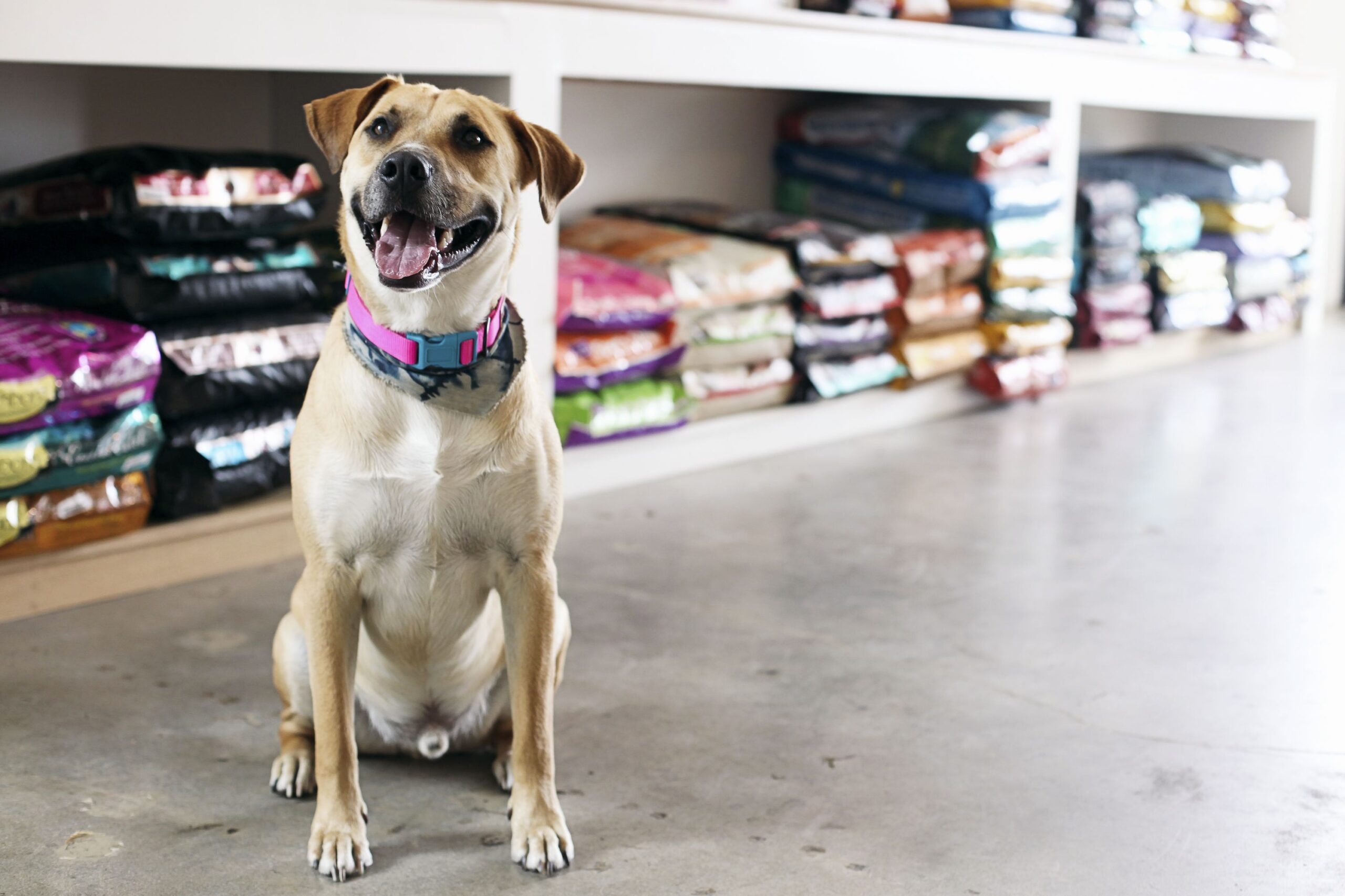
Buying pet supplies in bulk can save you money in the long run. Consider purchasing larger bags of food, litter, or bedding, and storing them in airtight containers to keep them fresh. You can also save money on toys and treats by purchasing them in bulk or taking advantage of sales and promotions.
Many pet foods can be bought in bulk, which can save you money in the long run. Here are some examples of pet foods that can be bought in bulk:
- Dry kibble – Dry kibble is a popular type of pet food that can be purchased in large bags. Look for brands that offer larger sizes, such as 20-30 pound bags, which can provide savings over buying smaller bags.
- Canned food – Canned pet food can also be purchased in bulk. Look for larger sizes, such as cases of 12 or 24 cans, which can provide savings over buying individual cans.
- Freeze-dried or dehydrated food – Freeze-dried or dehydrated pet food is a popular option for those who want to feed their pets a high-quality, natural diet. Many brands offer bulk options, such as 5-10 pound bags, which can provide savings over buying smaller bags.
- Treats – Pet treats can also be purchased in bulk. Look for larger bags or containers of your pet’s favorite treats, which can provide savings over buying individual bags or containers.
When buying pet food in bulk, it’s important to store it properly to keep it fresh. Use airtight containers and store the food in a cool, dry place. Check the expiration dates on the food before purchasing and be sure to use it before it expires.
-
DIY grooming
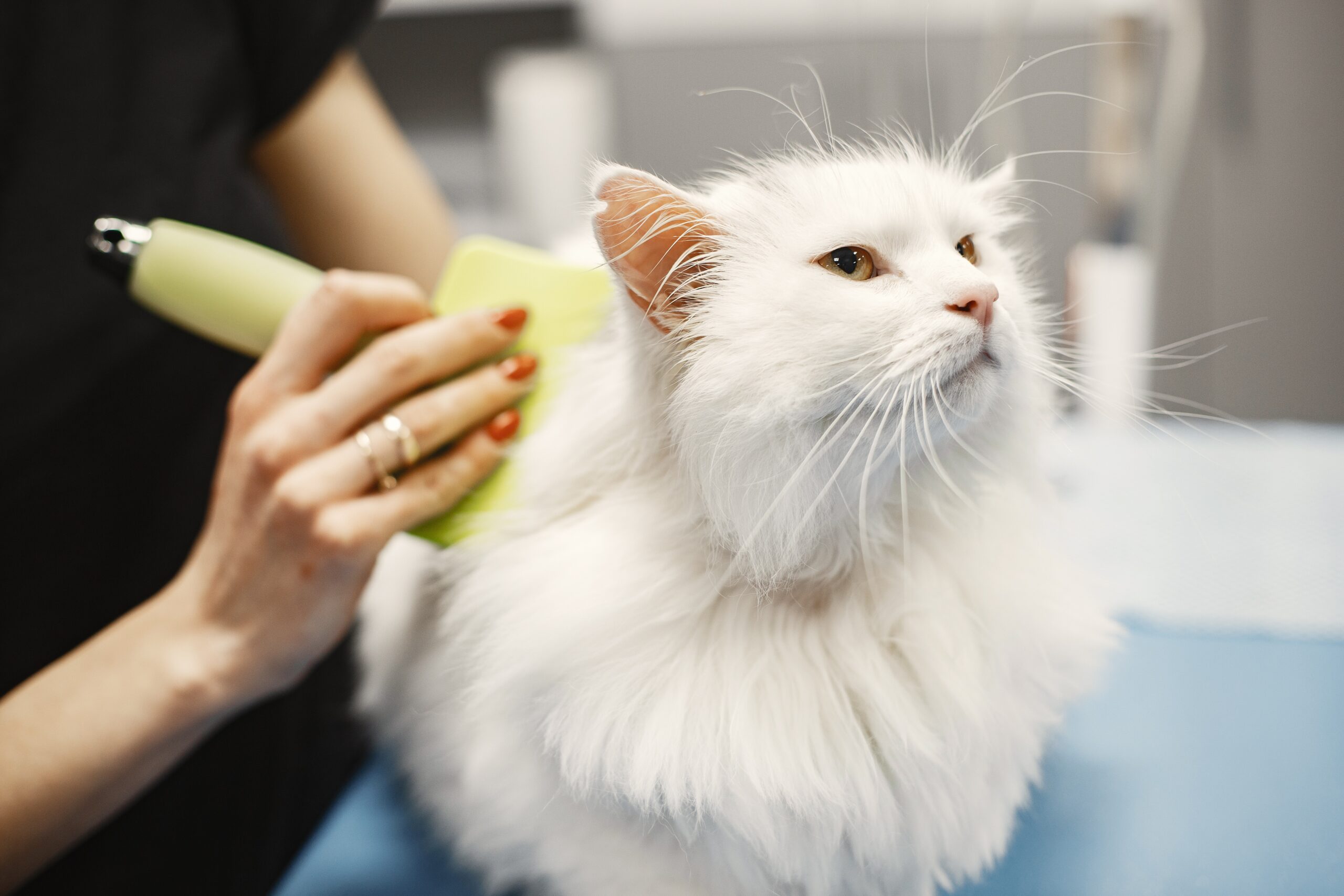
Professional grooming services can be expensive, but there are many ways to groom your pet at home. Brushing your pet regularly can help prevent mats and tangles, while bathing them with a gentle shampoo can keep their coat clean and healthy. You can also trim your pet’s nails and clean their ears yourself with the right tools and techniques.
DIY grooming is a cost-effective way to keep your pet looking and feeling their best. However, there are some important things to keep in mind when grooming your pet at home. Here are some tips to help you get started:
- Use the right tools – Depending on your pet’s coat type and grooming needs, you may need different types of brushes, combs, and clippers. Research which tools are best for your pet’s breed and coat type, and make sure to use them correctly.
- Be gentle – When grooming your pet, be gentle and patient. Use a light touch when brushing or combing, and avoid pulling or tugging on knots or mats. If your pet becomes uncomfortable or agitated, take a break and try again later.
- Bathe your pet regularly – Regular baths can help keep your pet’s coat clean and healthy. Use a gentle pet shampoo and rinse thoroughly to avoid leaving any residue on your pet’s skin. Be sure to towel dry your pet or use a low-heat blow dryer to avoid burning their skin.
- Trim nails carefully – Trimming your pet’s nails can be tricky, as you don’t want to cut them too short and cause pain or bleeding. Use sharp, quality nail clippers and avoid cutting the quick, which is the blood vessel inside the nail. If you’re not comfortable trimming your pet’s nails, consider taking them to a professional groomer or veterinarian.
- Clean ears and teeth – Regular ear cleaning and teeth brushing can help prevent infections and dental problems. Use a gentle ear cleaner and cotton balls to clean your pet’s ears, and a pet toothbrush and toothpaste to brush their teeth.
- Know when to seek professional help – If you’re not comfortable or experienced with grooming your pet, or if your pet has a particularly thick or difficult coat, consider taking them to a professional groomer. Additionally, if your pet has any health issues or skin problems, it’s important to consult with a veterinarian before attempting to groom them yourself.
By following these tips and being patient and gentle with your pet, you can successfully groom them at home and save money on professional grooming services.
-
Preventative care
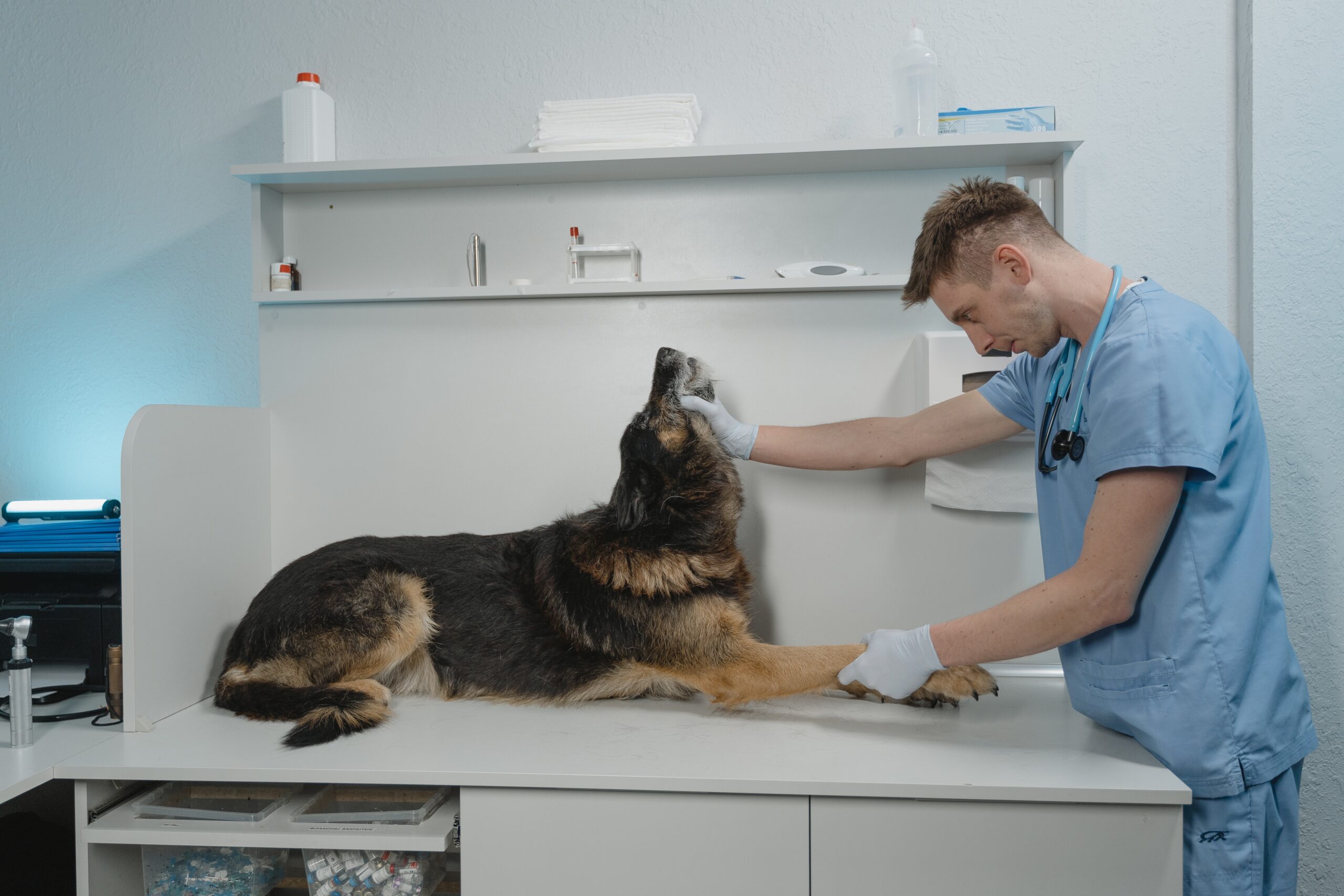
Regular check-ups with your veterinarian can help prevent health problems before they become serious, which can ultimately save you money. Keep up-to-date on your pet’s vaccinations and flea and tick prevention, as these measures can prevent costly illnesses and infestations. Additionally, maintaining a healthy diet and exercise routine can help prevent obesity and other health issues that can lead to expensive medical bills.
Here are some examples of preventative care for pets:
- Regular check-ups with a veterinarian – Annual or bi-annual check-ups with a veterinarian can help catch health problems early and ensure that your pet is up-to-date on vaccinations.
- Vaccinations – Vaccinations protect pets from a range of potentially serious diseases, such as rabies, distemper, and parvovirus. Your veterinarian can recommend a vaccination schedule based on your pet’s age, breed, and lifestyle.
- Parasite prevention – Fleas, ticks, heartworms, and other parasites can cause a variety of health problems in pets. Regular use of preventative medication, such as flea and tick collars, topical treatments, or oral medications, can help keep your pet parasite-free.
- Dental care – Regular brushing and professional dental cleanings can help prevent dental disease, which can cause pain, infection, and even organ damage in pets.
- Nutrition and exercise – Providing a balanced, nutritious diet and regular exercise can help keep your pet at a healthy weight and prevent obesity-related health problems.
- Environmental safety – Keeping your pet safe from household hazards, such as toxic plants, chemicals, and small objects, can prevent accidents and illnesses.
By taking these preventative measures, pet owners can help keep their pets healthy and avoid costly veterinary bills down the road. It’s important to work closely with a veterinarian to develop a preventative care plan that is tailored to your pet’s specific needs.
-
Choose a budget-friendly pet
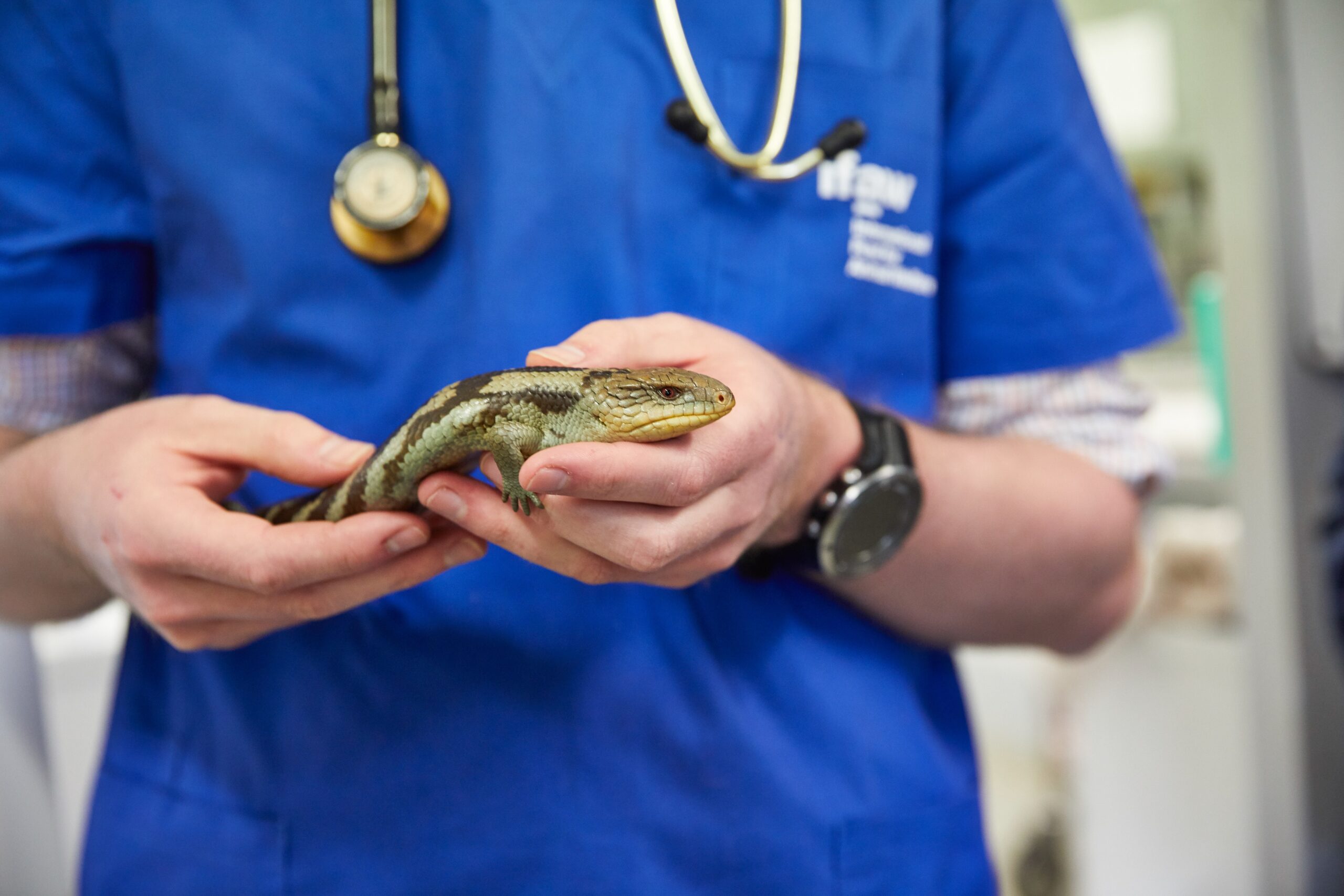
When deciding to bring a pet into your life, consider the costs associated with different species and breeds. Some pets, such as dogs and cats, are more expensive to care for than others. For example, reptiles and fish may require less upkeep and fewer veterinary visits than a dog or cat. Additionally, adopting a pet from a local shelter or rescue organization can be more cost-effective than purchasing from a breeder or pet store.
By budget-friendly pets, we mean pets that are generally less expensive to care for than others. This could include pets that require less expensive food, veterinary care, and grooming services, as well as pets that are less prone to health problems or destructive behavior.
Here are some examples of budget-friendly pets:
- Fish – Fish are generally low-maintenance pets that don’t require much in the way of food or grooming. However, you will need to purchase a tank, filter, and other supplies to keep them healthy and comfortable.
- Birds – Birds can make great companions and are often less expensive to care for than dogs or cats. They require a healthy diet, a clean living environment, and regular socialization.
- Guinea pigs – Guinea pigs are small, low-maintenance pets that are great for apartment living. They require a balanced diet, fresh water, and regular cleaning of their cage.
- Hamsters – Hamsters are another small pet that is low-maintenance and relatively inexpensive to care for. They require a cage, bedding, and a balanced diet.
- Reptiles – Reptiles such as snakes, lizards, and turtles can make great pets for those who are interested in exotic animals. They require specialized care and diet, so it’s important to do your research before bringing one home.
It’s important to note that while these pets may be less expensive to care for than others, they still require love, attention, and proper care to thrive. It’s important to carefully consider the costs associated with any pet before bringing them into your home.
In conclusion, caring for a pet can be expensive, but there are many ways to save money without sacrificing their well-being. By being mindful of your pet’s needs and taking steps to prevent health problems, you can keep your furry friend happy and healthy while keeping costs down.



